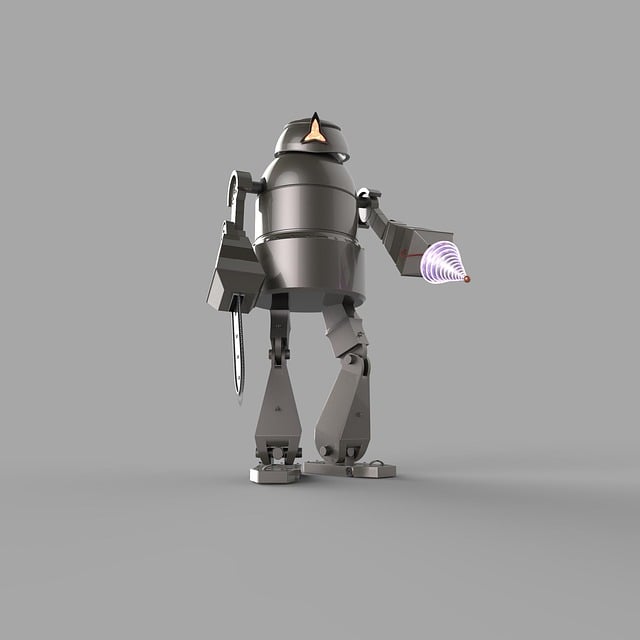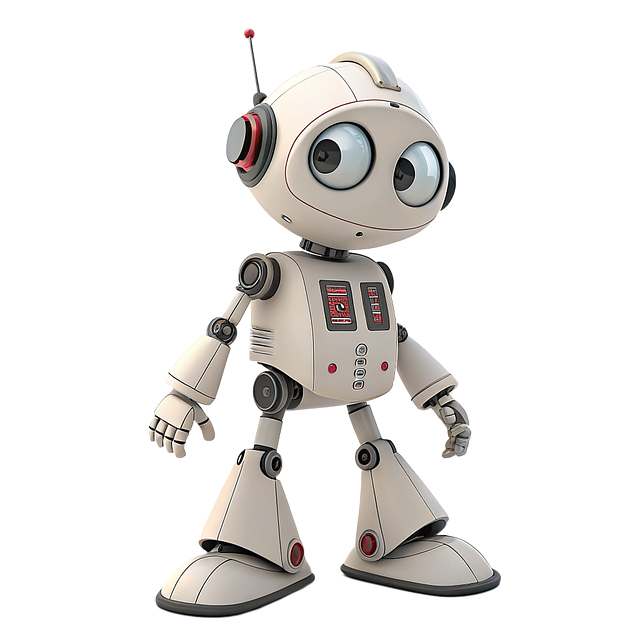Smart sensors and wearable tech are transforming personal safety with real-time protection integrated into daily life. Innovations like AI-powered smartwatches and clothing embedded with sensors detect and respond to dangers instantly, offering proactive solutions by analyzing data and enabling users to take preventive actions. This technology revolutionizes personal safety, making it more accessible, personalized, and effective in an increasingly complex world, while paving the way for future trends like predictive analytics and adaptive protection gear.
“The future of personal safety is an exciting landscape shaped by rapid technological advancements. From smart sensors and wearable technology that provide real-time hazard detection to artificial intelligence (AI) enhancing risk assessment and monitoring, these innovations are revolutionizing protection gear. This article explores cutting-edge trends in personal safety product development, including biometric authentication, the Internet of Things (IoT), advanced materials, and psychological wellbeing tools. Discover how these emerging technologies are transforming traditional safety measures into integrated, intelligent systems, paving the way for a safer future.”
- Smart Sensors and Wearable Technology: The Future of Real-Time Safety
- – Exploring the role of advanced sensors in personal safety devices.
- – How wearable tech can detect and alert users about potential hazards.
- – Examples: Smartwatches, fitness trackers, and their safety applications.
- Artificial Intelligence (AI) in Personal Safety Systems
- – Leveraging AI for predictive analysis and risk assessment.
Smart Sensors and Wearable Technology: The Future of Real-Time Safety

Smart sensors and wearable technology are transforming the landscape of personal safety products, paving the way for a future where real-time protection is seamlessly integrated into our daily lives. These emerging innovations leverage advanced materials, miniaturized sensors, and AI algorithms to detect and respond to potential dangers instantly. From smart watches that monitor vital signs and alert users in case of falls or unusual activity, to clothing embedded with sensors that track movement and identify hazards, the possibilities are vast.
The future of protection gear is not just about passive safety measures but proactive, adaptive solutions. Wearable tech can analyze data from various environmental sensors, enabling users to stay informed about their surroundings and take preventive actions. This technology promises to revolutionize personal safety, making it more accessible, personalized, and effective in an increasingly complex world, where unexpected hazards can occur at any moment.
– Exploring the role of advanced sensors in personal safety devices.

Advanced sensors are poised to revolutionize the landscape of personal safety products, marking a significant shift in how we perceive and ensure our well-being. These tiny yet powerful technologies are set to be the driving force behind future safety trends, offering unprecedented levels of protection and peace of mind. By integrating sensors into everyday items, from wearable devices to smart home systems, we’re creating an intricate network of real-time data that can anticipate and respond to potential hazards.
The emerging safety products equipped with sensor technology have the capability to detect a wide range of environmental factors, such as temperature, air quality, and even proximity. This enables them to provide personalized alerts and adaptive protection, catering to individual needs. As personal safety innovations continue to advance, we can expect these sensors to play a pivotal role in creating a safer world, ensuring that folks are protected not just from external threats but also from invisible dangers lurking within their surroundings.
– How wearable tech can detect and alert users about potential hazards.

Wearable technology is at the forefront of revolutionizing personal safety by offering advanced detection capabilities. These innovative devices are designed to monitor vital signs, movement patterns, and environmental factors, providing users with real-time alerts about potential risks. For instance, smart watches and fitness trackers can analyze heart rate variability and detect unusual patterns that may indicate stress or an impending health emergency. They can also track location data, alerting users if they stray into unfamiliar or potentially dangerous areas.
Emerging safety products incorporate cutting-edge sensors and AI algorithms to anticipate and mitigate hazards. These wearables use motion sensors to identify falls or accidents and instantly notify emergency contacts, ensuring prompt response times. Additionally, they can detect ambient risks like harsh weather conditions or toxic gas leaks, providing users with crucial early warnings. With continuous advancements in safety product technology, the future of protection gear promises enhanced peace of mind and proactive safety measures for individuals across various sectors.
– Examples: Smartwatches, fitness trackers, and their safety applications.

The landscape of personal safety is undergoing a metamorphosis driven by innovations in wearable technology and connected devices. Smartwatches and fitness trackers have moved beyond counting steps and monitoring heart rate; they are now key tools for enhancing personal security. Features like automatic fall detection, emergency alert systems, and GPS tracking empower users with a sense of protection, ensuring help arrives swiftly during emergencies. These wearables can also facilitate navigation in unfamiliar environments, providing peace of mind while exploring new places.
Emerging safety products leverage advanced technology to cater to evolving needs. For instance, smart clothing integrates sensors that detect unusual movements or changes in vital signs, potentially signaling distress. Additionally, wearable cameras offer legal protection and a means of self-defense, allowing users to capture evidence in precarious situations. As these future safety trends continue to develop, we can expect even more sophisticated solutions that prioritize personal safety, revolutionizing how individuals protect themselves in their daily lives.
Artificial Intelligence (AI) in Personal Safety Systems

Artificial Intelligence (AI) is revolutionizing the landscape of personal safety systems, marking one of the most significant future safety trends. This cutting-edge technology enables the development of smarter, more adaptive protection gear designed to anticipate and respond to potential hazards in real time. AI-driven personal safety innovations are transforming traditional protective equipment by enhancing its functionality, comfort, and accessibility. For instance, AI algorithms can analyze environmental data, user behavior patterns, and biometric signals to predict and mitigate risks, ensuring a proactive approach to safety that goes beyond reactive measures.
Emerging safety products powered by AI technology offer advanced features like smart fall detection, predictive analytics for injury prevention, and adaptive protection mechanisms. These developments in safety product technology not only cater to high-risk professions but also empower individuals with enhanced personal safety measures in their daily lives. The future of protection gear is poised to be more integrated, responsive, and personalized, thanks to AI’s ability to process vast amounts of data, learn from patterns, and continuously improve safety protocols.
– Leveraging AI for predictive analysis and risk assessment.

The integration of Artificial Intelligence (AI) is poised to revolutionize personal safety products and shape future safety trends. AI’s predictive capabilities can analyze vast datasets, including historical incident reports, environmental sensors, and real-time user data, to identify potential risks. By understanding patterns and predicting hazards, AI enables the development of advanced risk assessment models that go beyond traditional methods. This technology can empower individuals with proactive safety measures, tailoring protection to their specific needs and surroundings. For instance, smart clothing or accessories equipped with AI chips could alert wearers to imminent dangers, such as extreme weather conditions or proximity to hazardous areas, thus enhancing personal safety developments.
Emerging safety products leveraging AI promise to create a more responsive and adaptive security landscape. Safety product technology will become increasingly sophisticated, utilizing machine learning algorithms to evolve with user needs. This evolution is expected to lead to more effective and efficient protective gear, capable of providing tailored protection in various settings, from outdoor adventures to urban environments. As AI continues to play a pivotal role in personal safety innovations, we can anticipate a future where technology not only assists but actively predicts and prevents potential dangers, marking a significant shift in how we perceive and ensure our safety.
